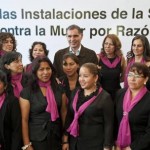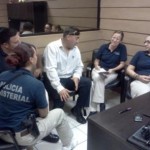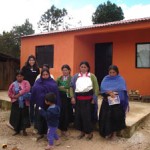
On a sunny afternoon in 2012, Ileana Araceli Hernandez, deputy attorney general for Mexico's state of Oaxaca, was busy studying the documents spread over a large table in her office. But this was not her usual bundle of legal papers: They were large-scale architectural drawings mapping out the state’s first Women’s Justice Center.

Mexicali police and prosecutors felt they had reason to be proud when they brought Pedro Ramos before a judge on suspicion of armed robbery and rape. They knew they had pulled off a meticulous operation with exceptional speed and efficiency. "This arrest was possible because of very tight collaboration between municipal police, investigative police and prosecutors," said María Coronado, a prosecutor at the Sexual Crimes Unit in Mexicali. "It was made possible by changes in the system."

María and Juan Pablo* never imagined they would meet face-to-face and reconcile their past. They never dreamed they would find peace after tragedy.

For centuries, Indigenous Misquito and Mayangna communities lived off the land in what is now Nicaragua’s Bosawas Biosphere Reserve. For years, Nicaragua’s government did not recognize the indigenous peoples’ claim on the land. Also, since the end of the civil war in 1990, poor farmers, or mestizos, from different parts of the country migrated to Bosawas, converting natural forests to grazing lands and threatening both the integrity of the indigenous communities and the region’s biodiversity.

Alternativa Solidaria A.C. (AlSol), a local microfinance institution serving women in the Chiapas region, has grown and improved its operations spectacularly. With USAID support, AlSol has become financially sustainable and now serves over 16,000 women.








Comment
Make a general inquiry or suggest an improvement.